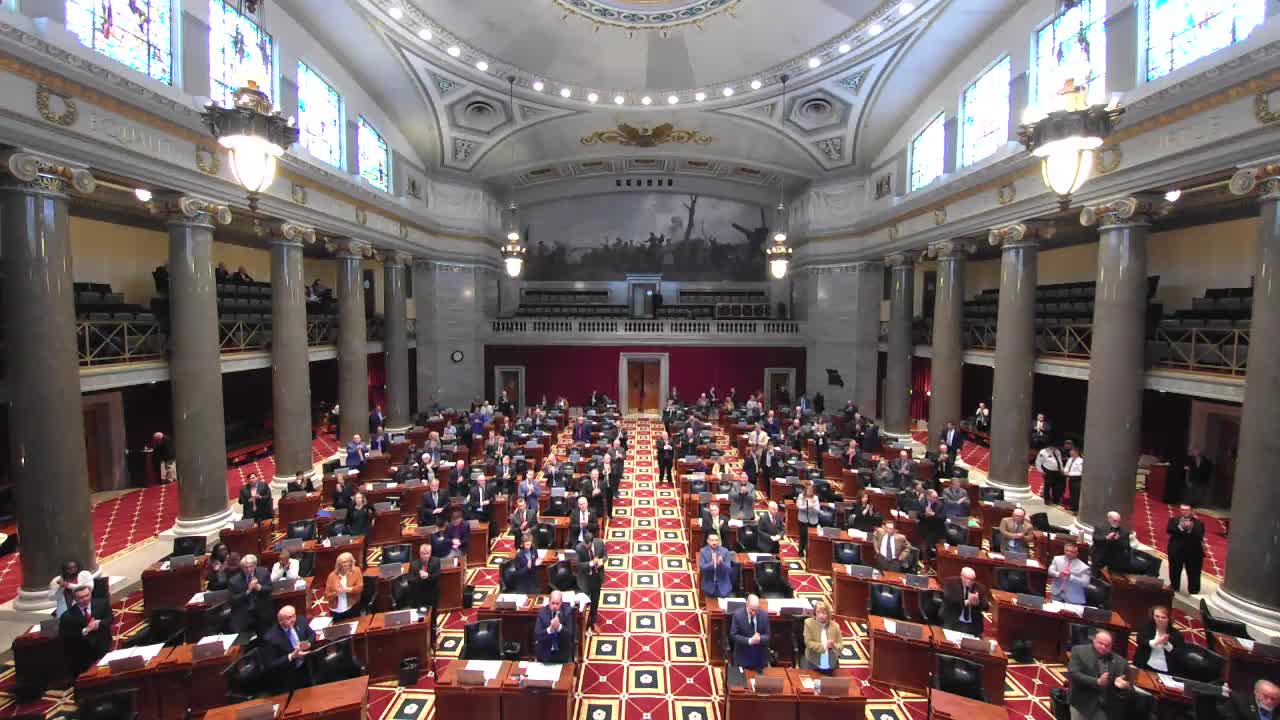Missouri lawmakers push local control of St. Louis police to tackle rising crime rates
February 18, 2025 | 2025 Legislature MO, Missouri
This article was created by AI summarizing key points discussed. AI makes mistakes, so for full details and context, please refer to the video of the full meeting. Please report any errors so we can fix them. Report an error »

The Missouri State Legislature made significant strides towards enhancing public safety during the 2025 Legislative Session on February 18, with a focus on local control of the St. Louis Metropolitan Police Department. A key proposal, House Bill 495, aims to establish a local oversight board composed of five members, including four local citizens and the mayor, to manage the police department. This move is seen as a return to a historical model of governance that supporters argue will improve accountability and effectiveness in law enforcement.
The discussion highlighted the pressing issues facing St. Louis, including a notable decline in population and a significant exodus of businesses and police officers. Proponents of the bill assert that the current state of policing has been undermined by political interference and budget cuts, which have left the department under-resourced and demoralized. They argue that empowering local governance will allow for better funding and support for police operations, ultimately leading to improved public safety.
In addition to the restructuring of police oversight, the bill includes several other measures aimed at addressing crime, such as increasing penalties for child trafficking and enhancing protections for domestic abuse victims. These provisions reflect a broader commitment to tackling serious issues that affect the community, particularly the alarming rates of child trafficking in Missouri.
The session also featured discussions on other legislative proposals, including those related to sewer district reorganization and tourism taxes, but the focus remained on the implications of the police oversight bill. Legislators emphasized the need for a comprehensive approach to public safety that prioritizes community input and effective resource allocation.
As the legislative process continues, the outcomes of these discussions will be closely monitored, with the potential to reshape public safety strategies in Missouri and set a precedent for other regions facing similar challenges. The commitment to local control and enhanced public safety measures signals a proactive approach to addressing the concerns of residents and restoring confidence in law enforcement.
The discussion highlighted the pressing issues facing St. Louis, including a notable decline in population and a significant exodus of businesses and police officers. Proponents of the bill assert that the current state of policing has been undermined by political interference and budget cuts, which have left the department under-resourced and demoralized. They argue that empowering local governance will allow for better funding and support for police operations, ultimately leading to improved public safety.
In addition to the restructuring of police oversight, the bill includes several other measures aimed at addressing crime, such as increasing penalties for child trafficking and enhancing protections for domestic abuse victims. These provisions reflect a broader commitment to tackling serious issues that affect the community, particularly the alarming rates of child trafficking in Missouri.
The session also featured discussions on other legislative proposals, including those related to sewer district reorganization and tourism taxes, but the focus remained on the implications of the police oversight bill. Legislators emphasized the need for a comprehensive approach to public safety that prioritizes community input and effective resource allocation.
As the legislative process continues, the outcomes of these discussions will be closely monitored, with the potential to reshape public safety strategies in Missouri and set a precedent for other regions facing similar challenges. The commitment to local control and enhanced public safety measures signals a proactive approach to addressing the concerns of residents and restoring confidence in law enforcement.
View full meeting
This article is based on a recent meeting—watch the full video and explore the complete transcript for deeper insights into the discussion.
View full meeting
